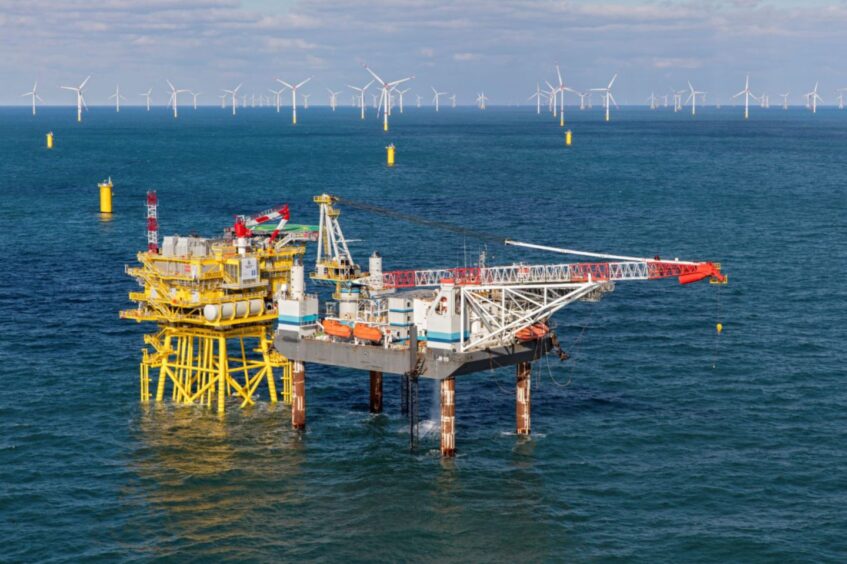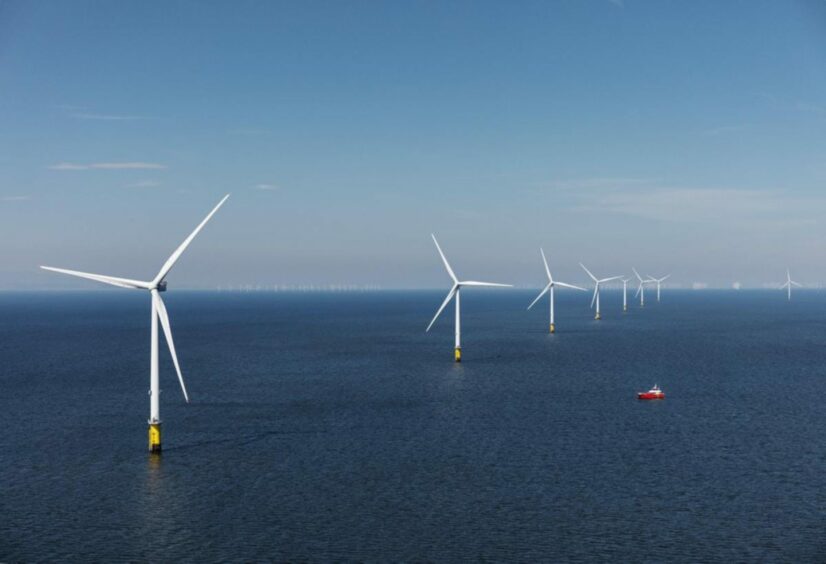
Fresh from its farm-out deal for the Pilot field, Orcadian Energy now has its sights on an ambitious and unique low-carbon power project in the Southern North Sea.
Chief executive Steve Brown said attention may now turn from the central North Sea to the southern sector (SNS), with plans to develop a gas reservoir to fuel an offshore power station equipped with carbon capture and storage (CCS) technology.
Orcadian (AIM:ORCA) confirmed earlier this month that Ping Petroleum would take on an 81.25% operated interest in its flagship Pilot field in licence P2244, ending months-long farm-out negotiations.
It marks the end of Orcadian’s control of the licence, which remains one of the largest undeveloped discoveries in the region at around 79 million barrels and is to be developed via a pioneering wind-powered polymer injection system.
Asked what the company would do next, Mr Brown pointed to a series of applications as part of the 33rd Licensing Round, including one at a viscous oil prospect in the outer Moray Firth with an unnamed partner, as well as “shallow gas prospects” on the mid North Sea High with Australian-based Triangle Energy.
In addition, a more ambitious solo venture would see development of a decarbonised power plant in the SNS.
“One of the things we applied for is really, really interesting,” he told Energy Voice this month.
“It’s 115 [billion cubic feet] of gas. It was tested by BP and produced 30-40 million scf per day, but half of the gas is CO2. So it got handed back, and was in open acreage.
“There’s nothing I like better than finding a discovery in open acreage, licensing it, working out a development plan and farming it out to someone else – that’s our business model!”
He said Orcadian’s concept for the discovery would be to use an “older” jack-up rig, which would be refurbished with drilling facilities removed and a gas-fired power plant installed.
Carbon capture equipment would then be used to secure both the reservoir CO2 and the plant’s exhaust gases, which would then be reinjected.
Electricity from the power plant would then be exported to a substation at a nearby wind farm.
“It’s gas to wire and carbon capture and storage in one neat little project,” he noted.
“I actually think this will be a project that some of the bigger companies that are looking at the big CCS projects will just want to snap up and get on and do, because the opportunity for them to learn on this is huge.”
Electrifying plans in SNS
While major platform electrification projects have been mooted in the central North Sea and west of Shetland, the southern region has seen less momentum.
Several investigations into gas-to-wire developments were progressed in recent years, including the Tigre Project 1 (TP1) – a 300MW scheme backed by Oxford Capital Partners and Baker Hughes – though have failed to reach final investment.
Additionally, Neptune Energy signed a memorandum of understanding with Ørsted and Goal7 to explore powering new “integrated energy hubs” in the area using offshore wind-generated electricity.
This would look at the feasibility of using electricity from Ørsted’s Hornsea offshore windfarm projects to power Neptune-operated assets.
A separate study with the Net Zero Technology Centre (NZTC) used Neptune’s nearby Cygnus platform as a case study for electrification, largely due to its proximity to several major offshore wind schemes, though found efforts may struggle to be commercially viable.
Meanwhile, the southern sector has proven a competitive frontier for carbon storage licensing, with Harbour Energy, Neptune, BP, Shell and Perenco scooping awards in the area as part of the UK’s first such round.
Success for Orcadian’s plans will of course hinge on a licence award from the North Sea Transition Authority – which may take time given its decision to prioritise nearfield, quick-to-develop fields over more speculative prospects.
But given his firm’s experience in bringing radical concepts to fruition, it would be unwise to bet against Mr Brown’s tenacity.
Recommended for you

 © Supplied by Orsted
© Supplied by Orsted